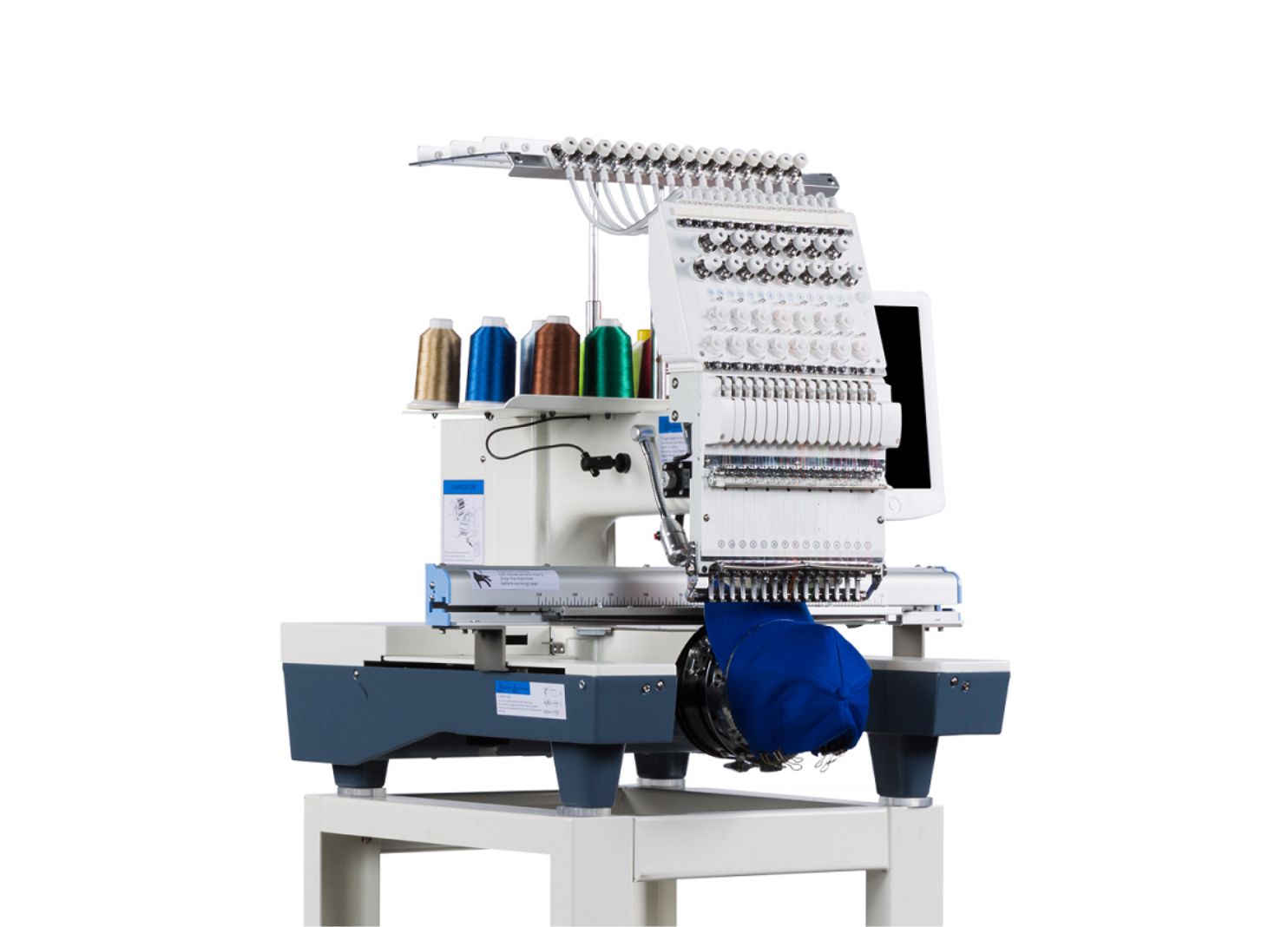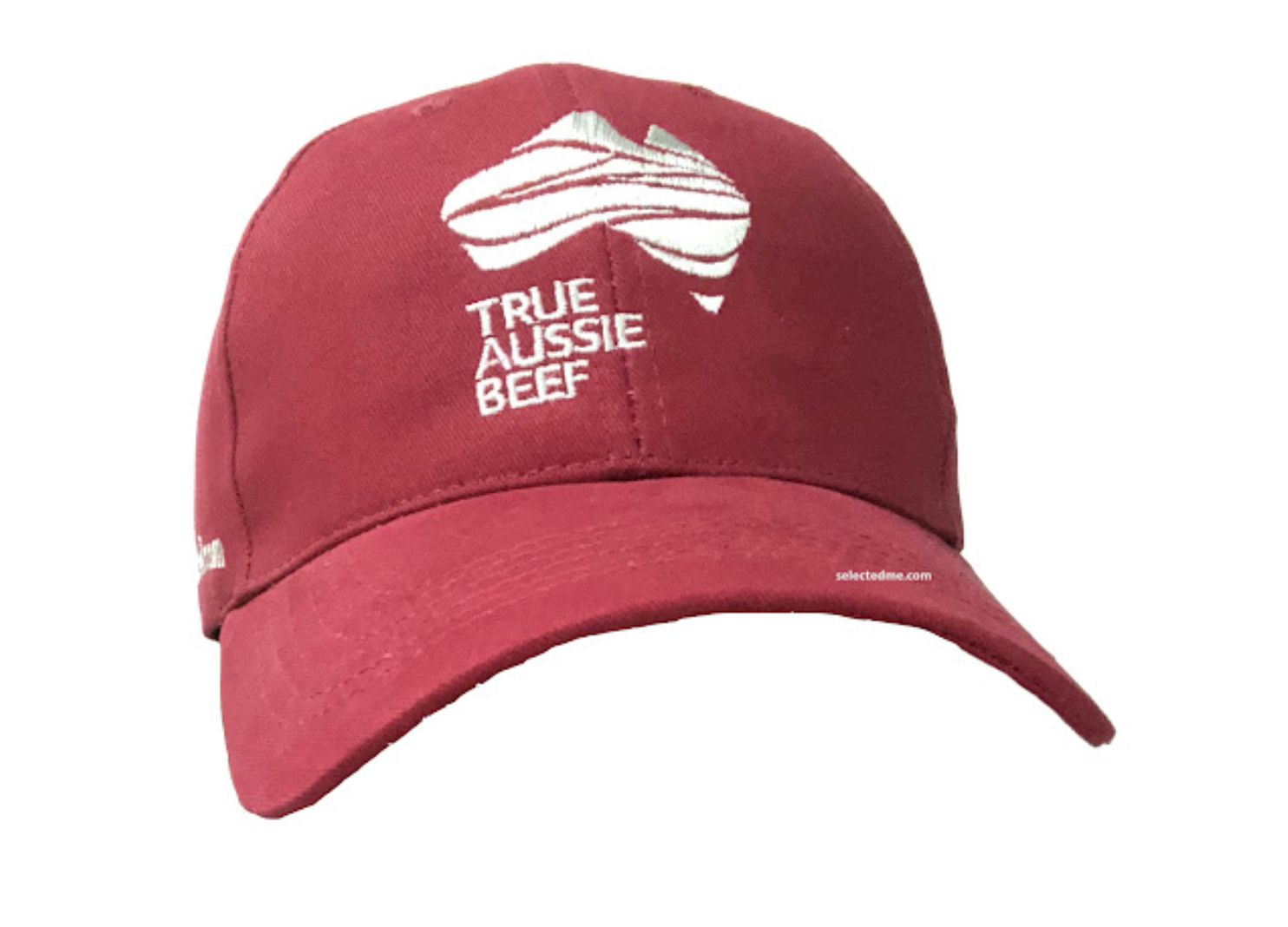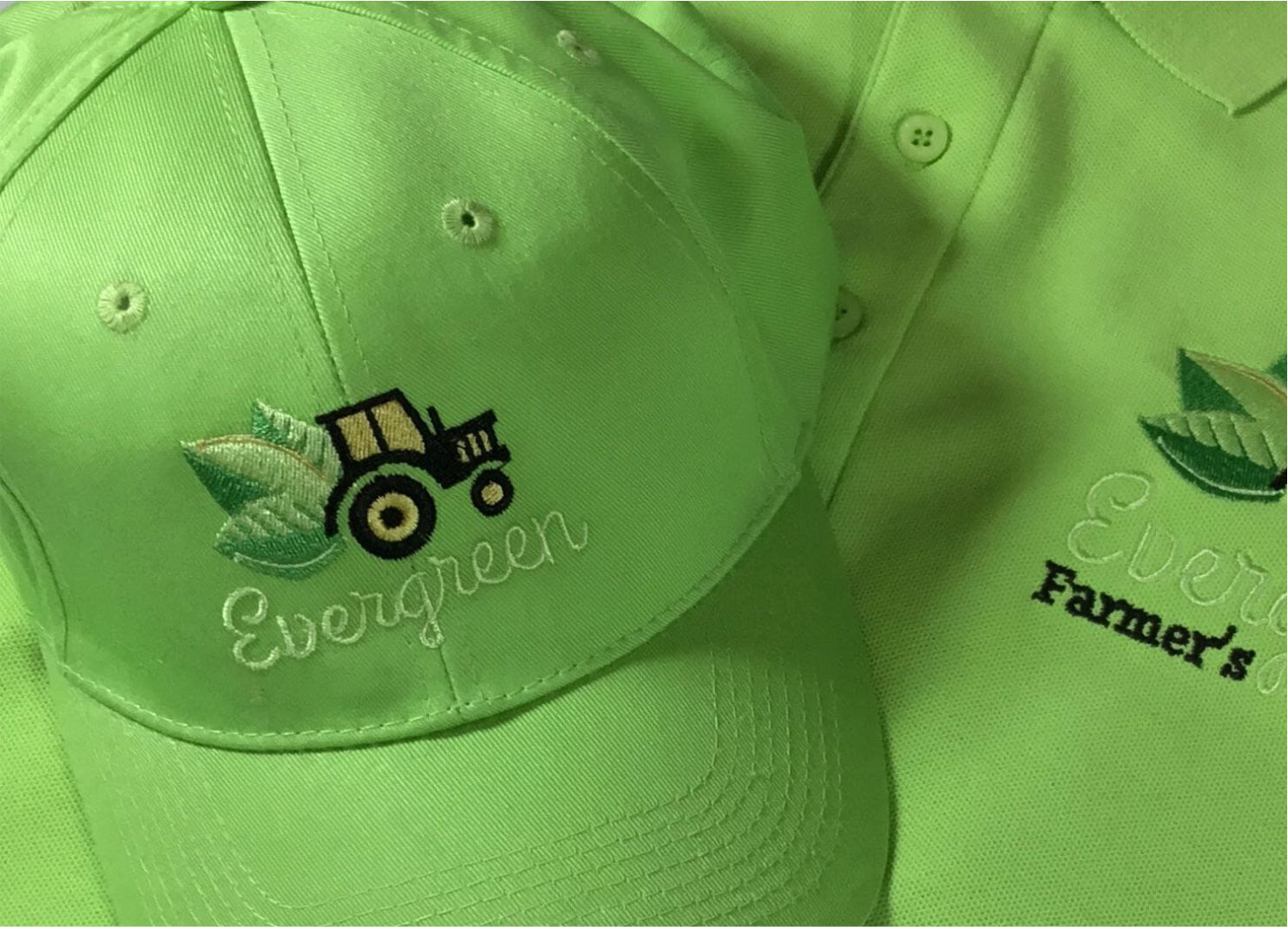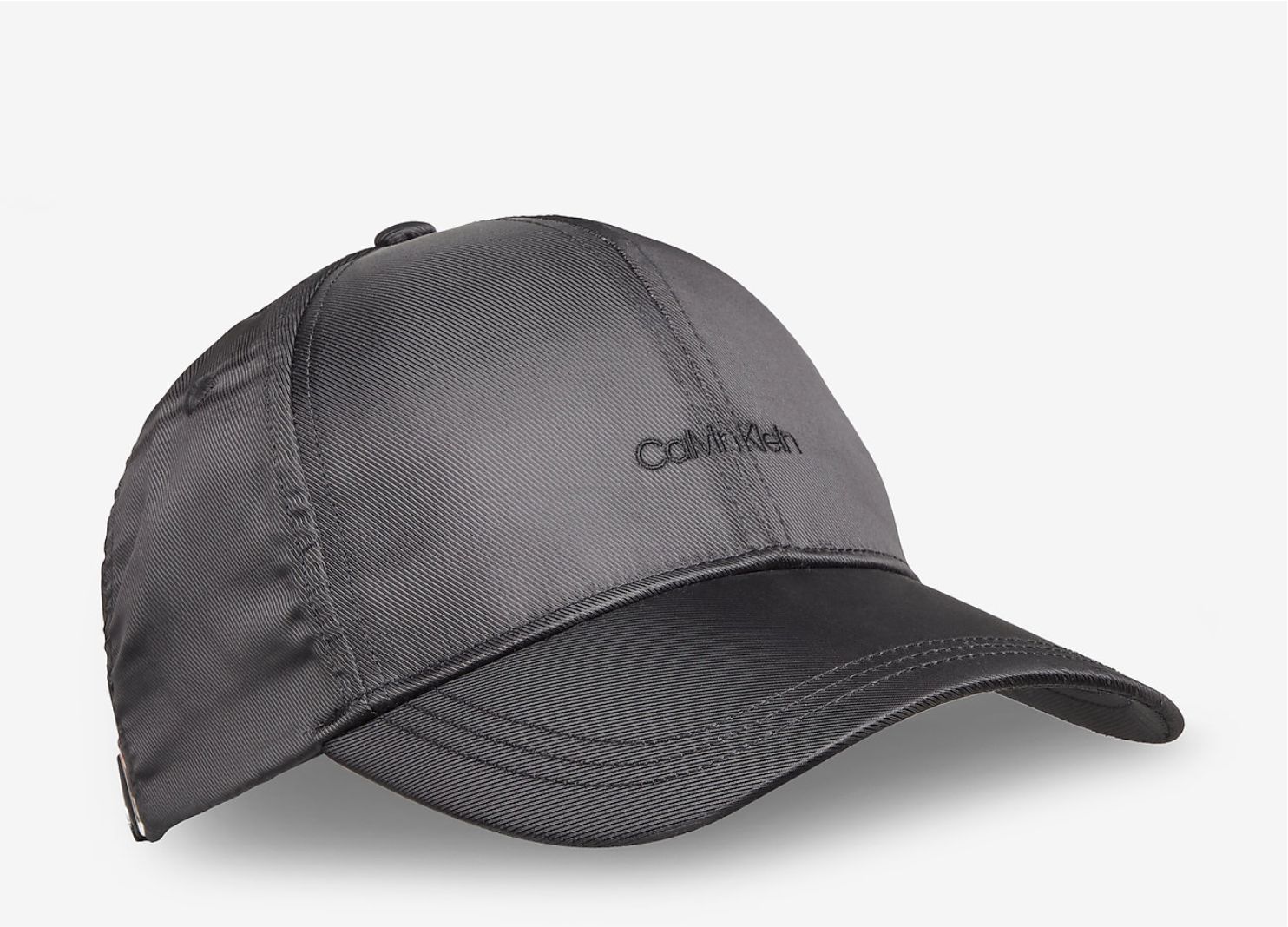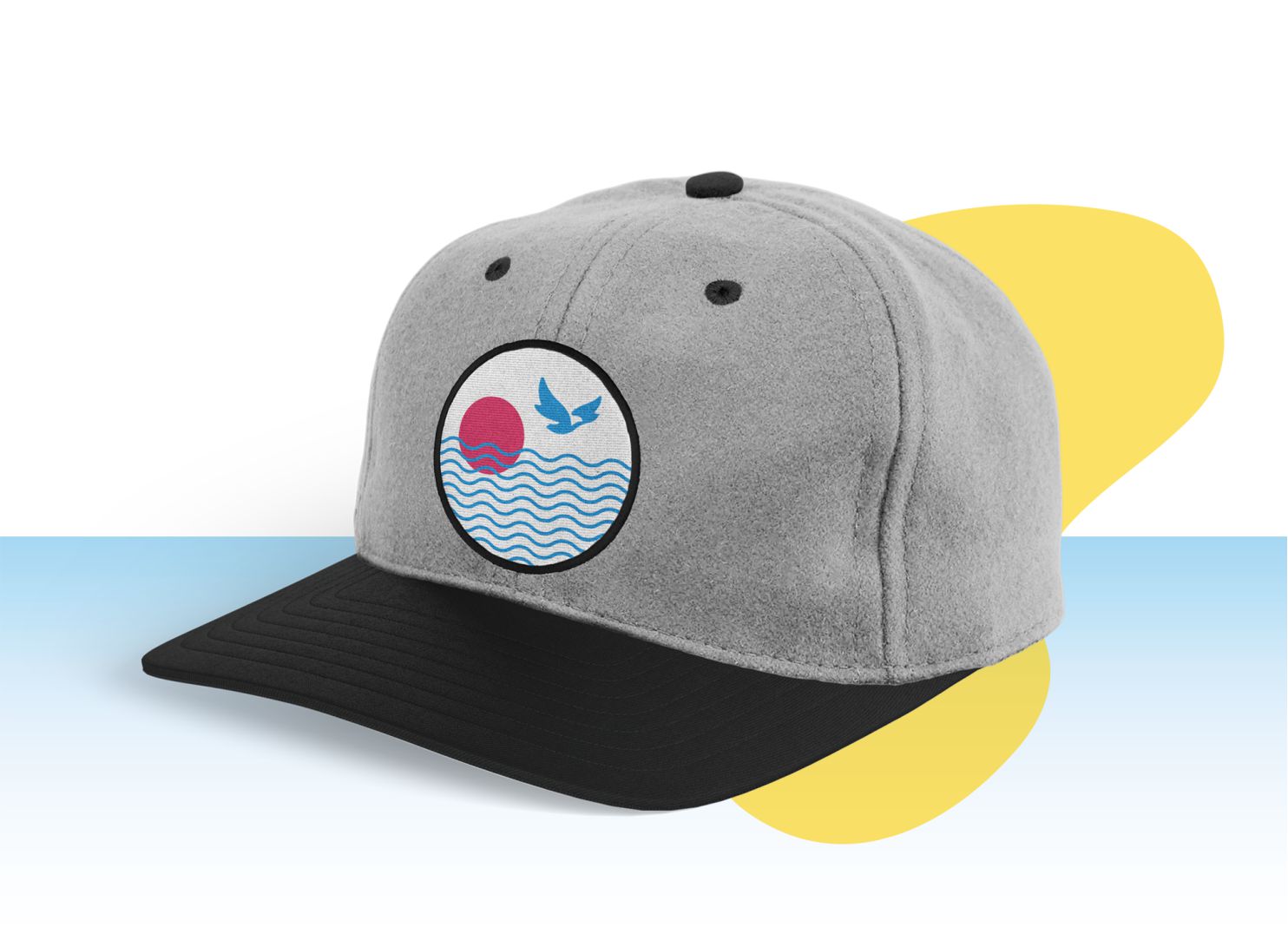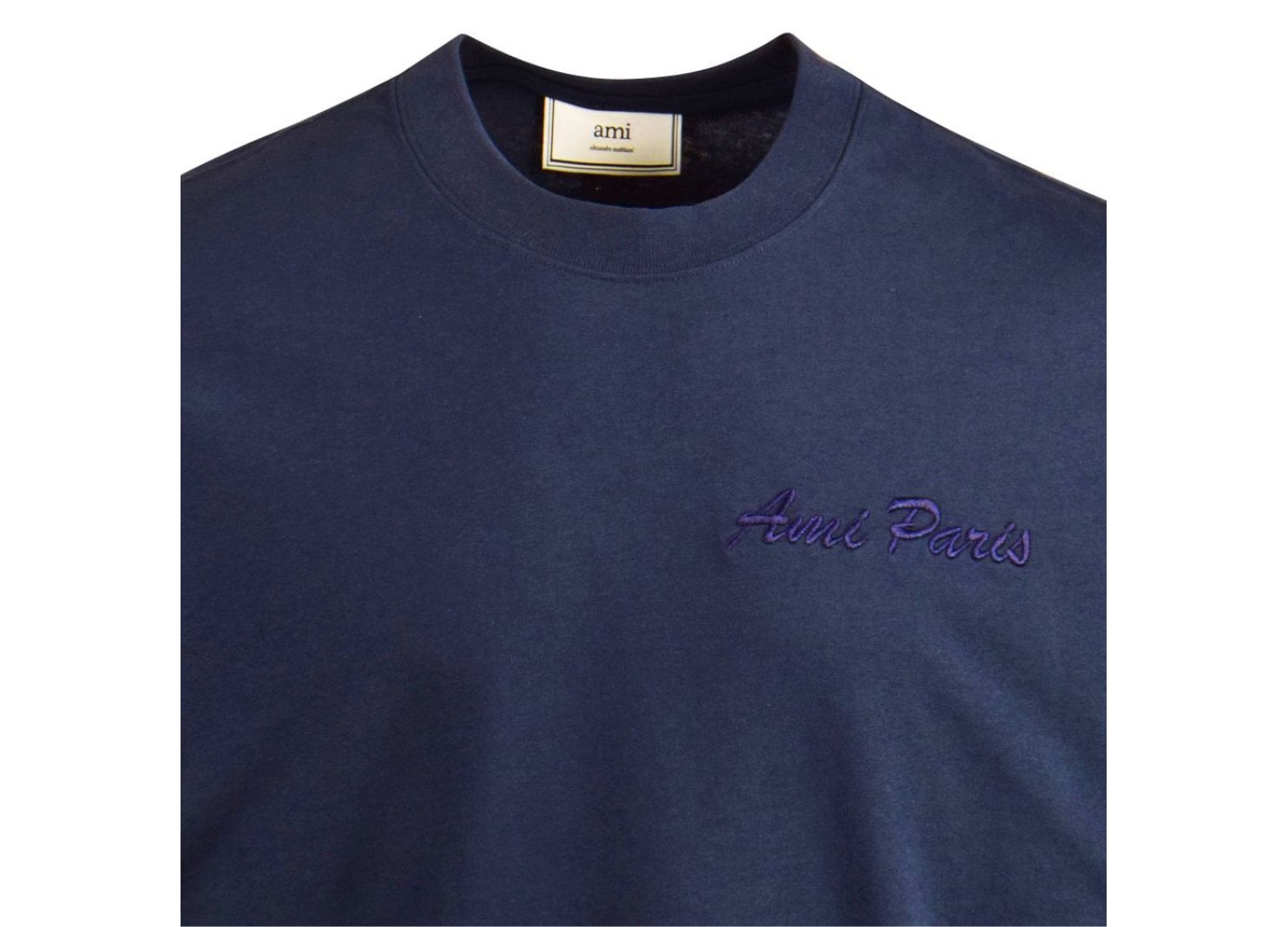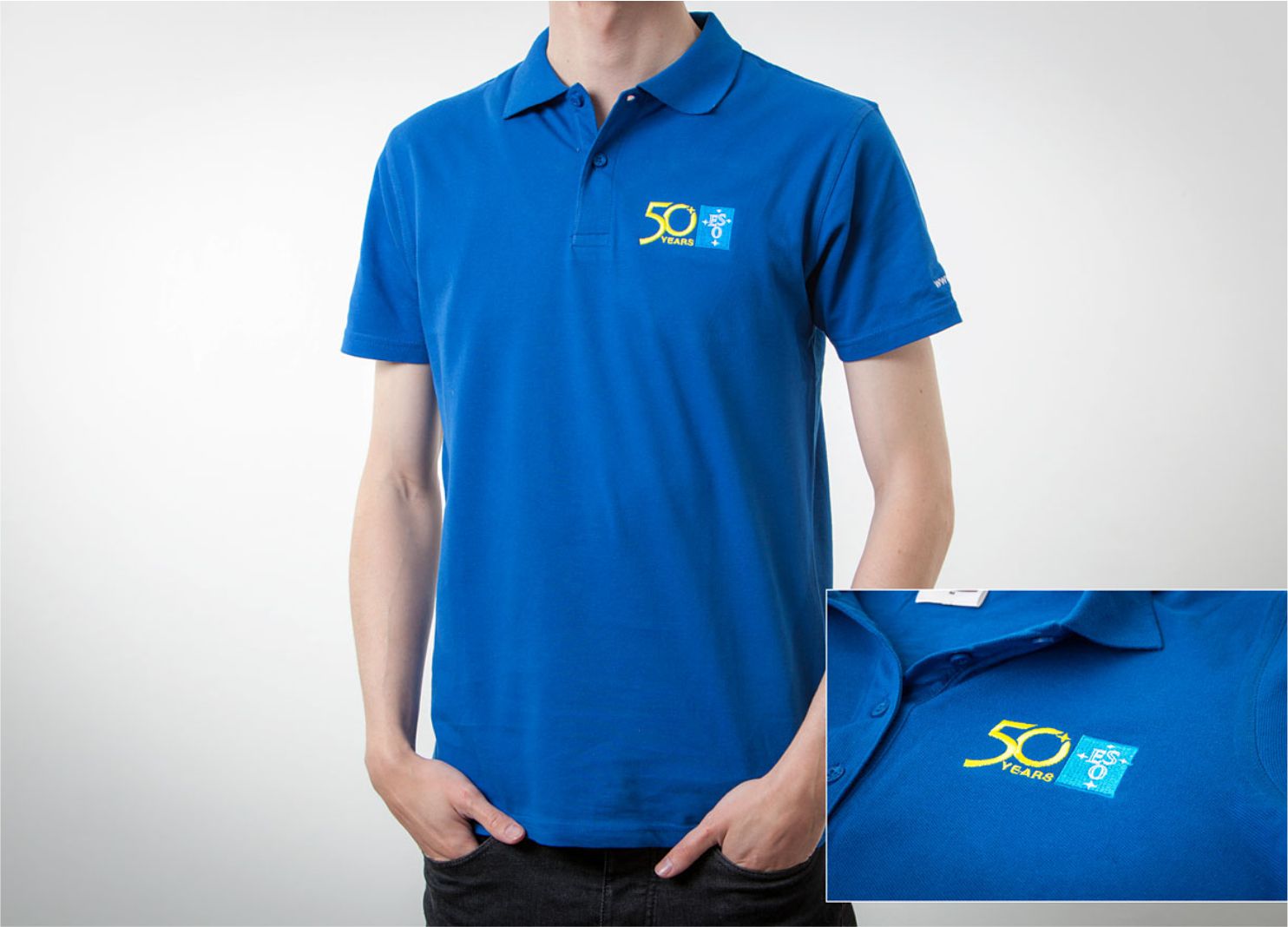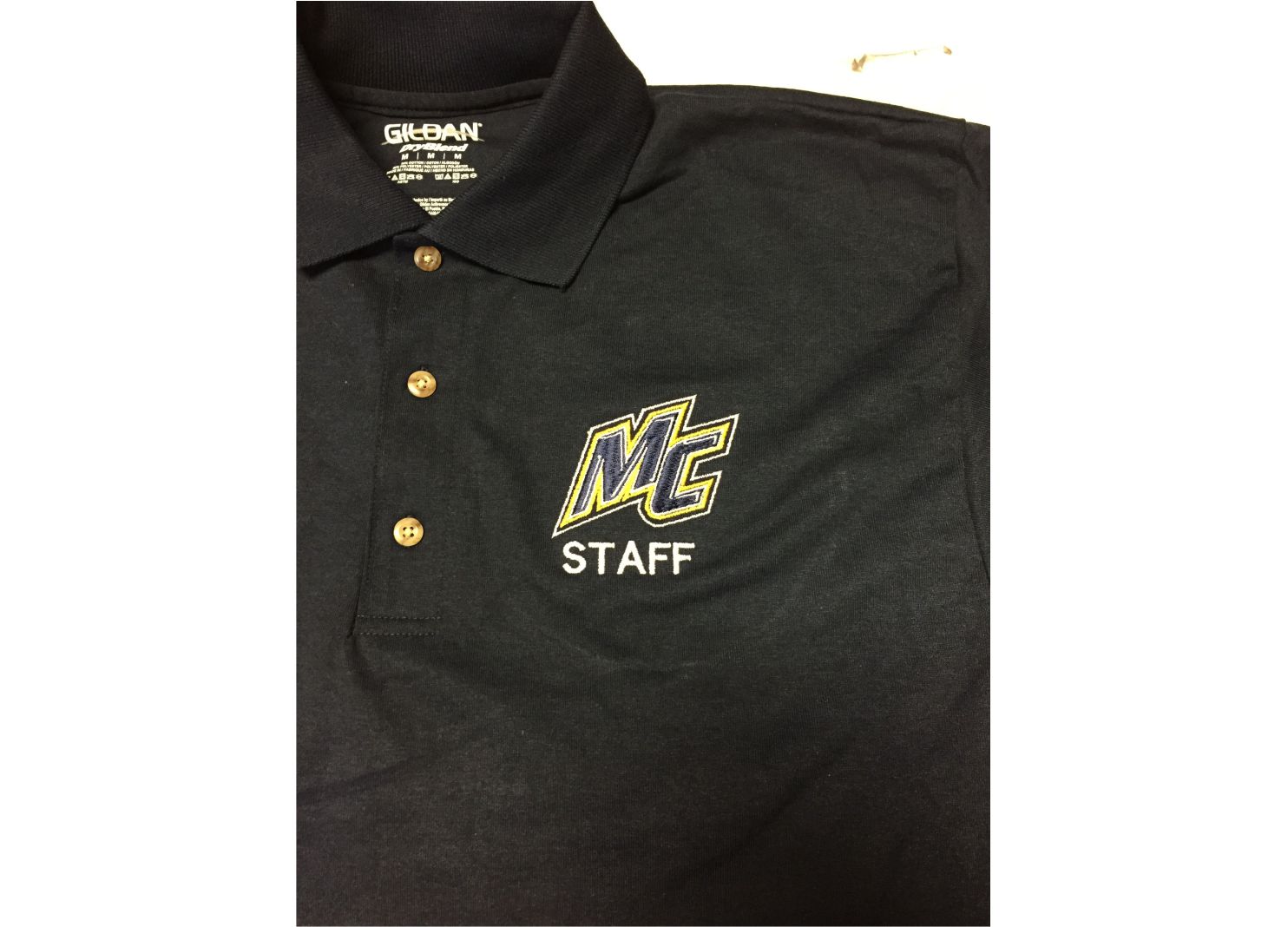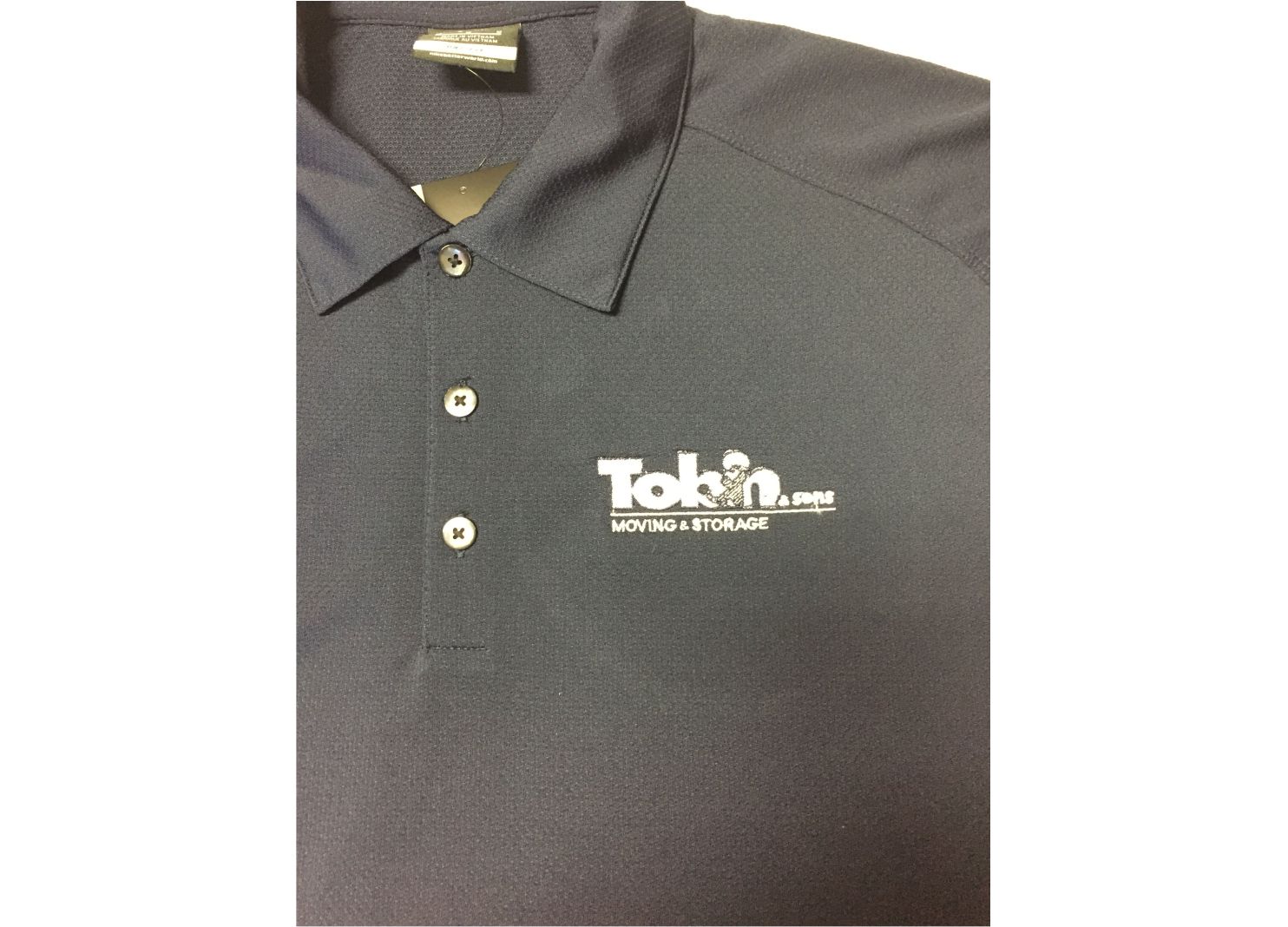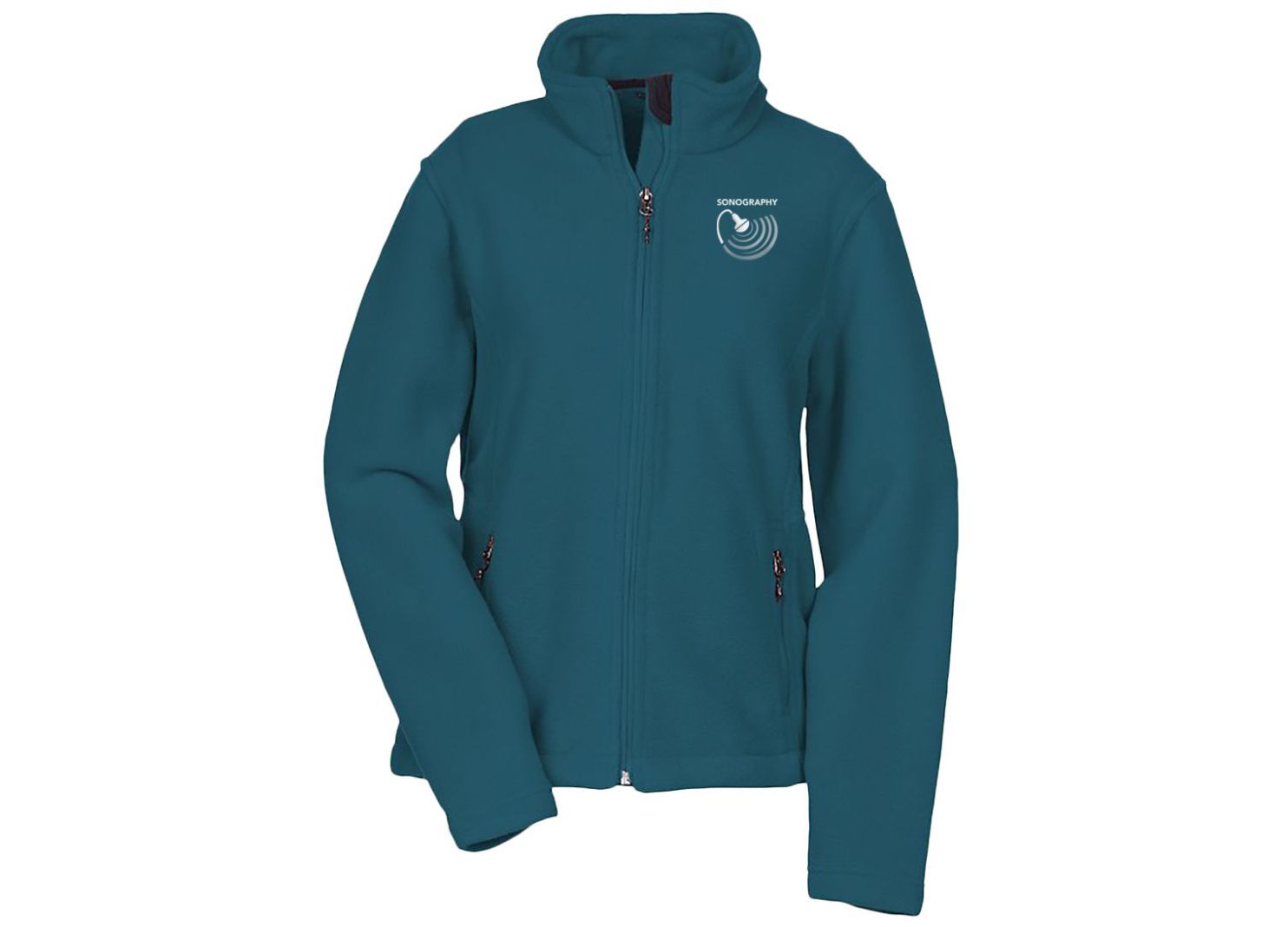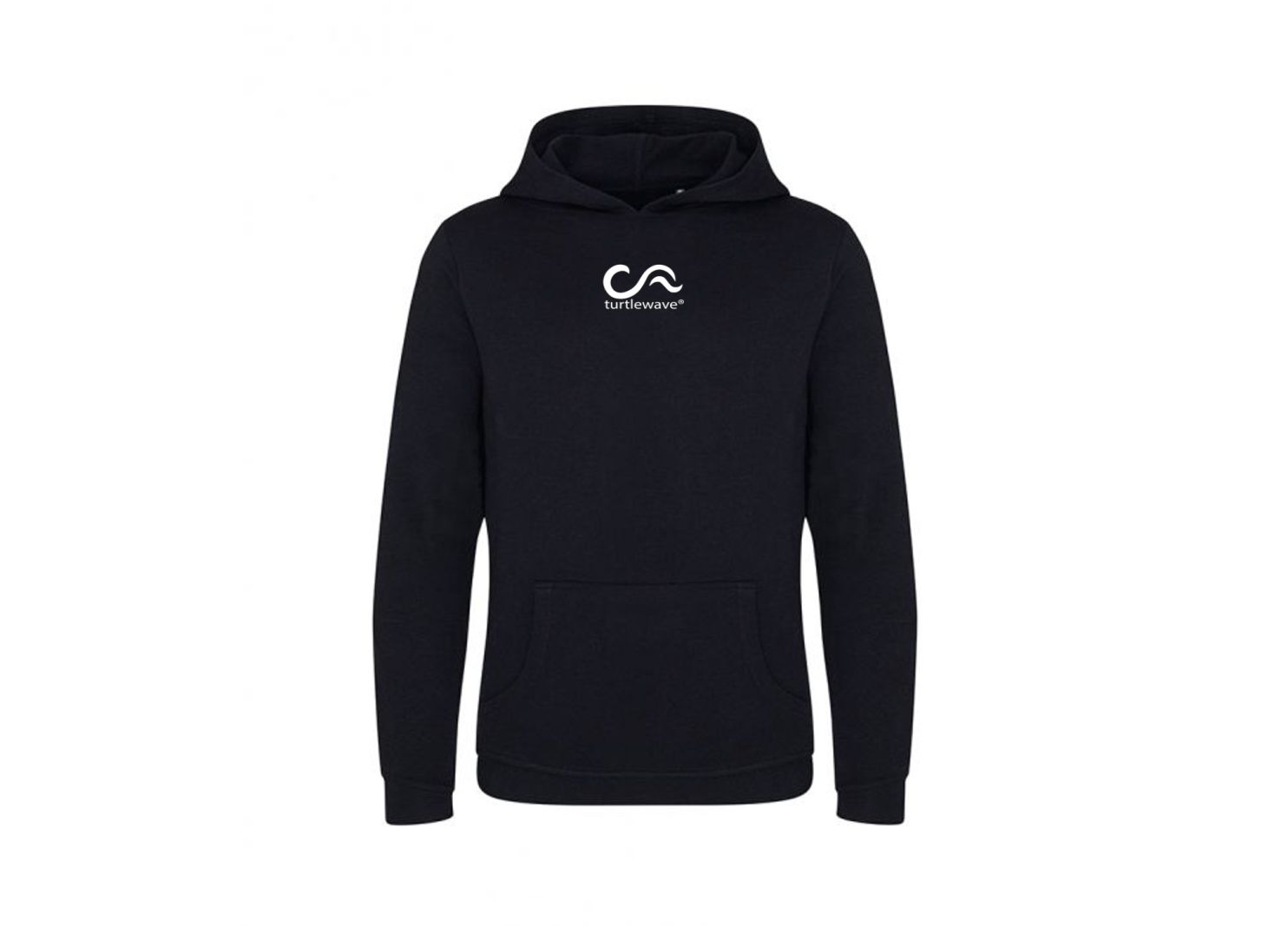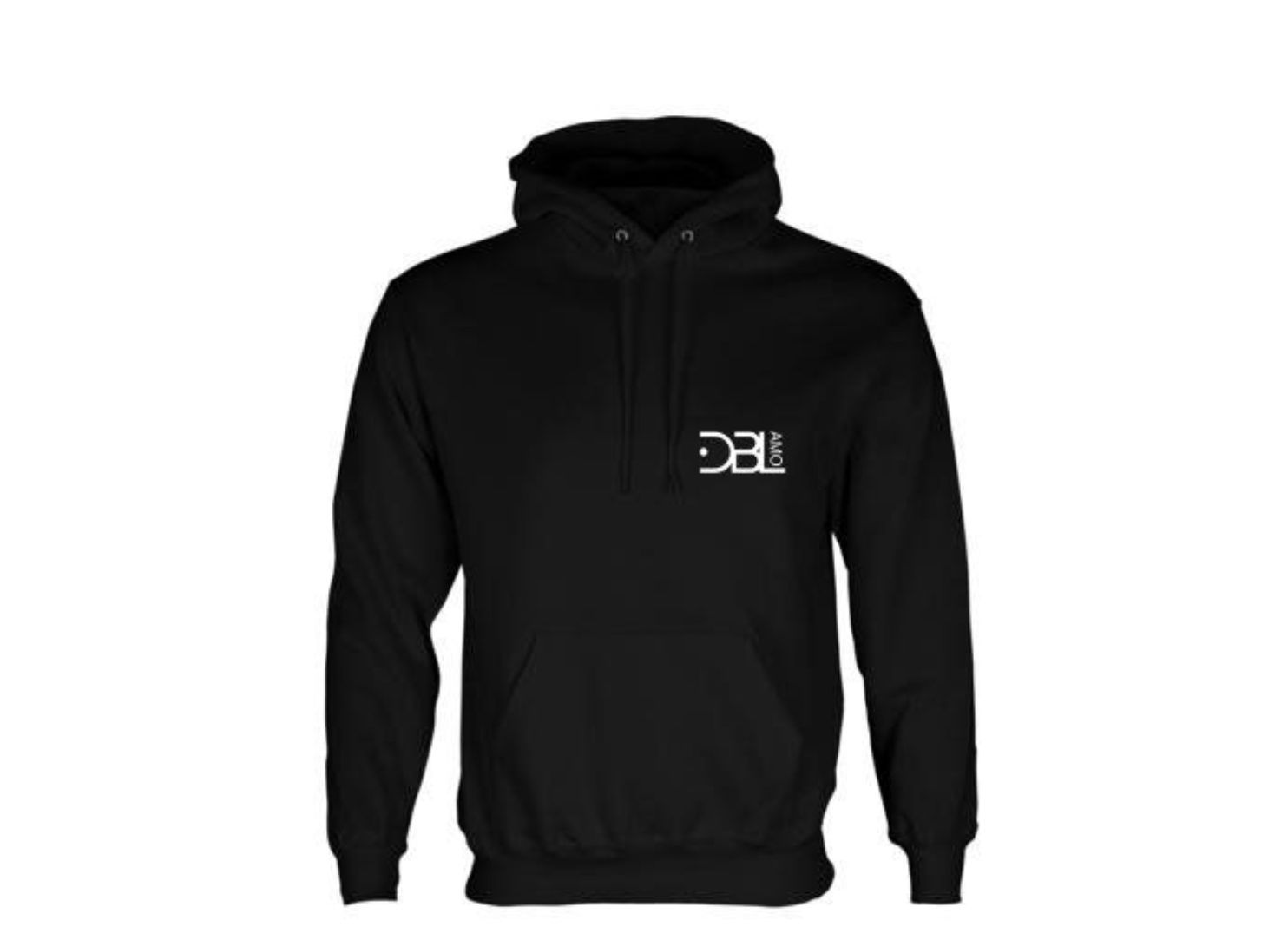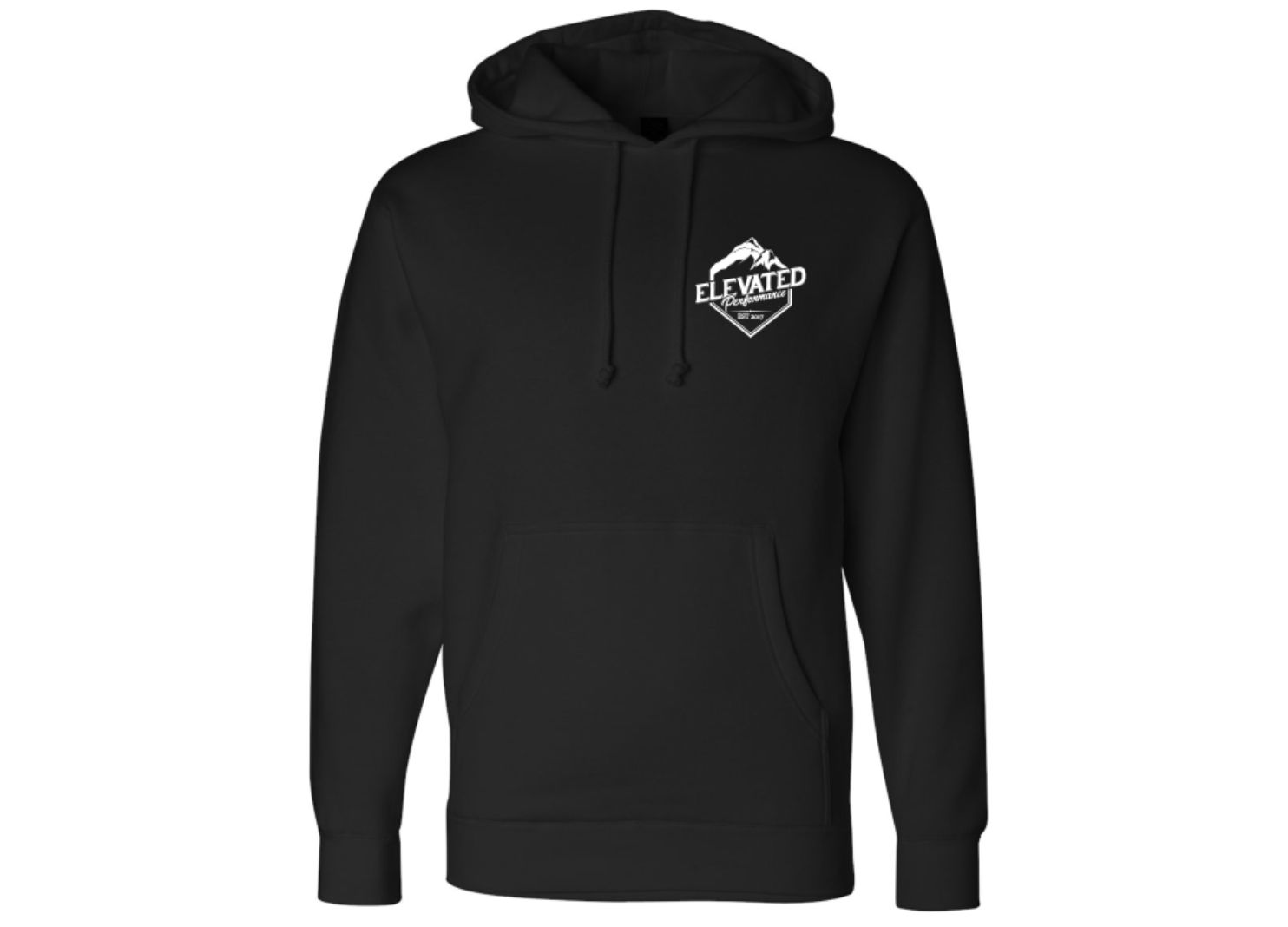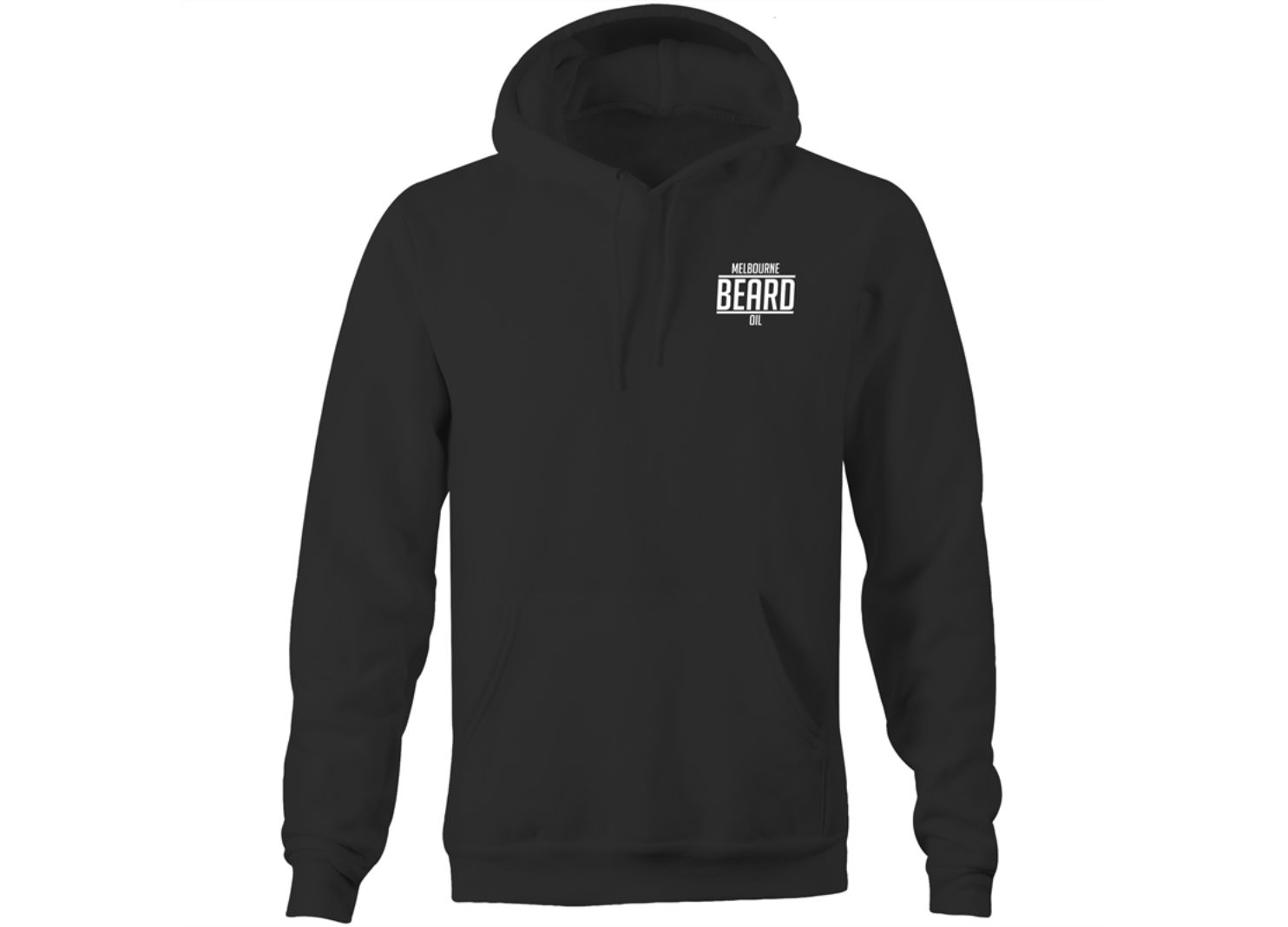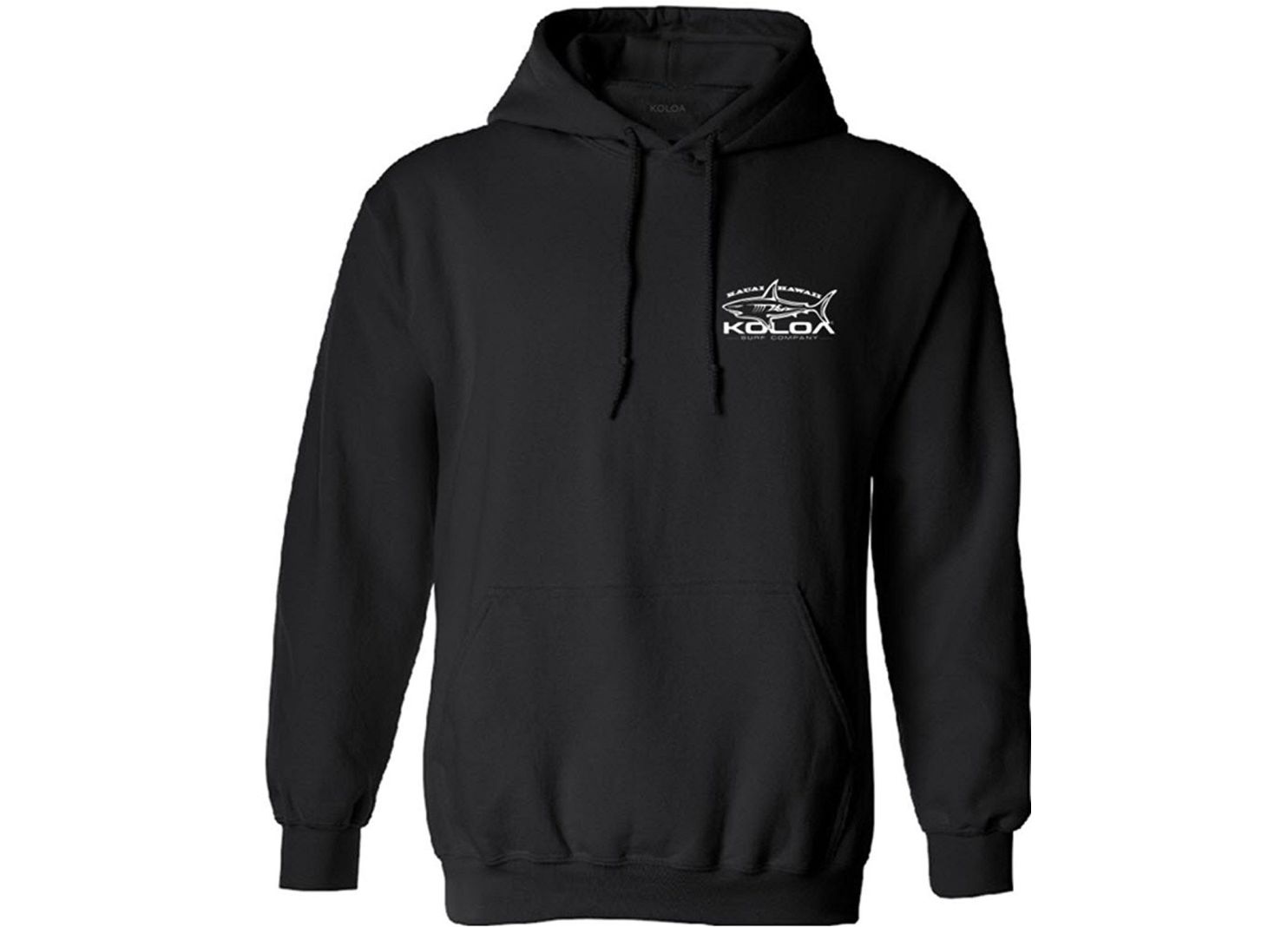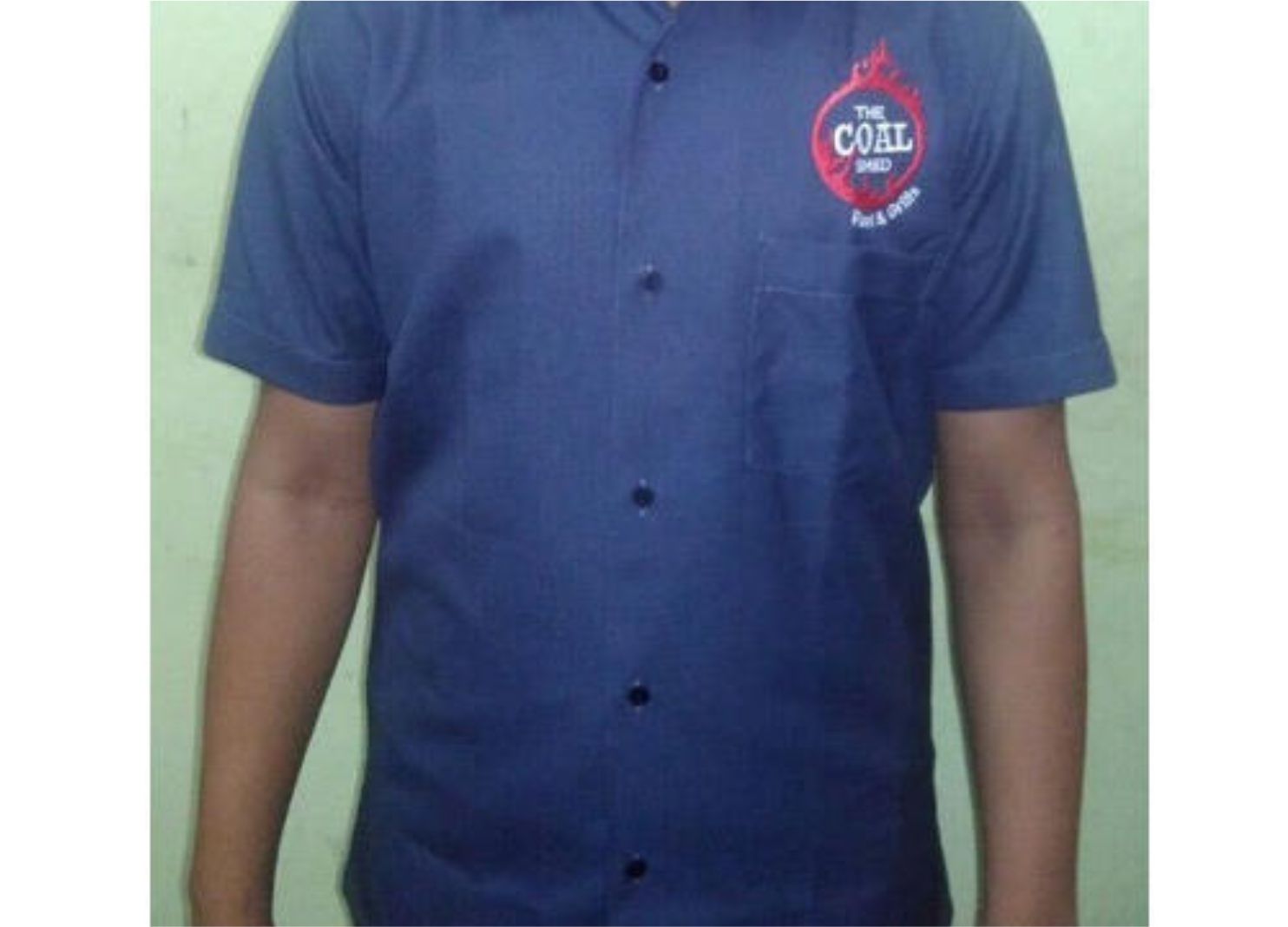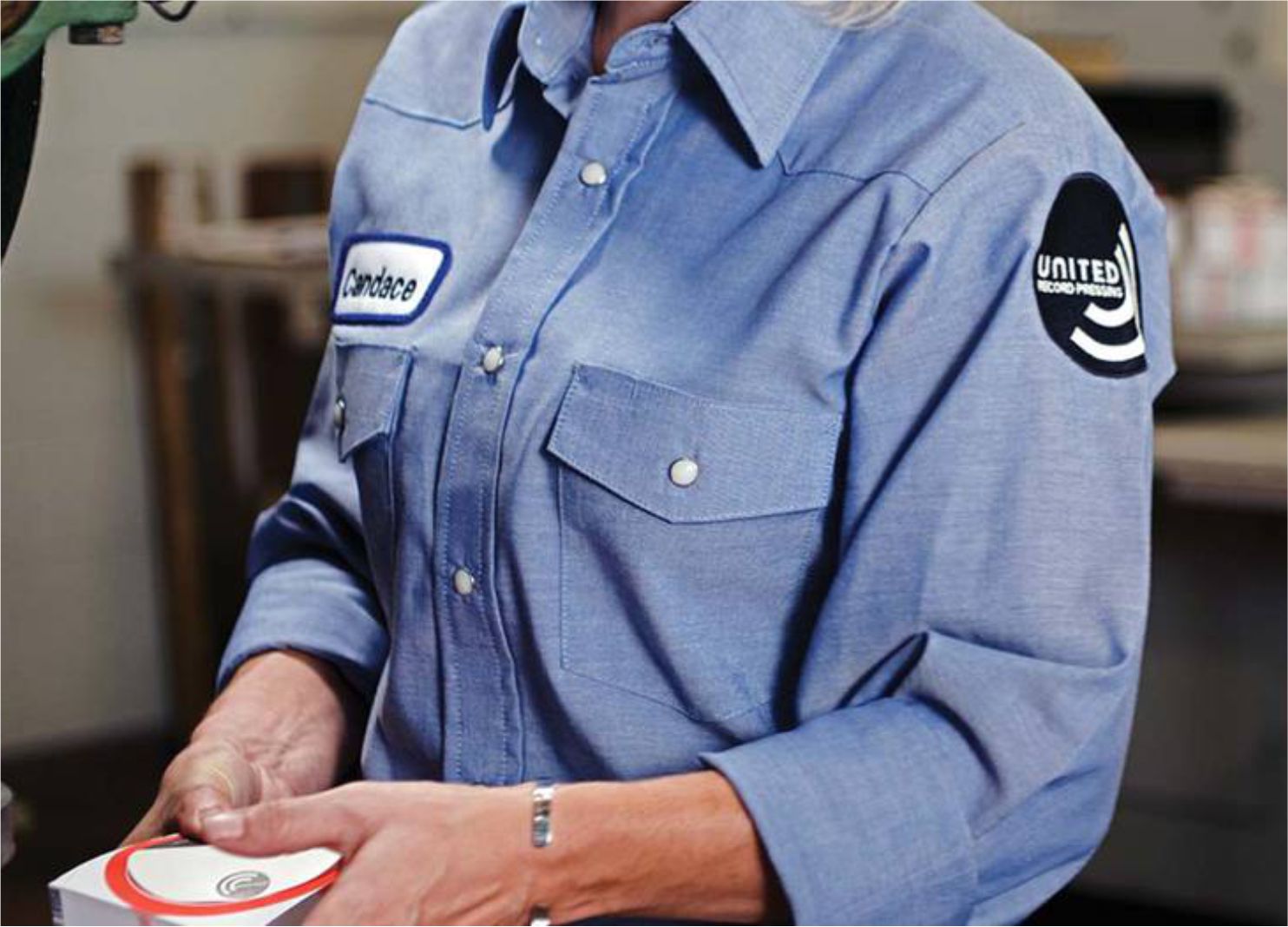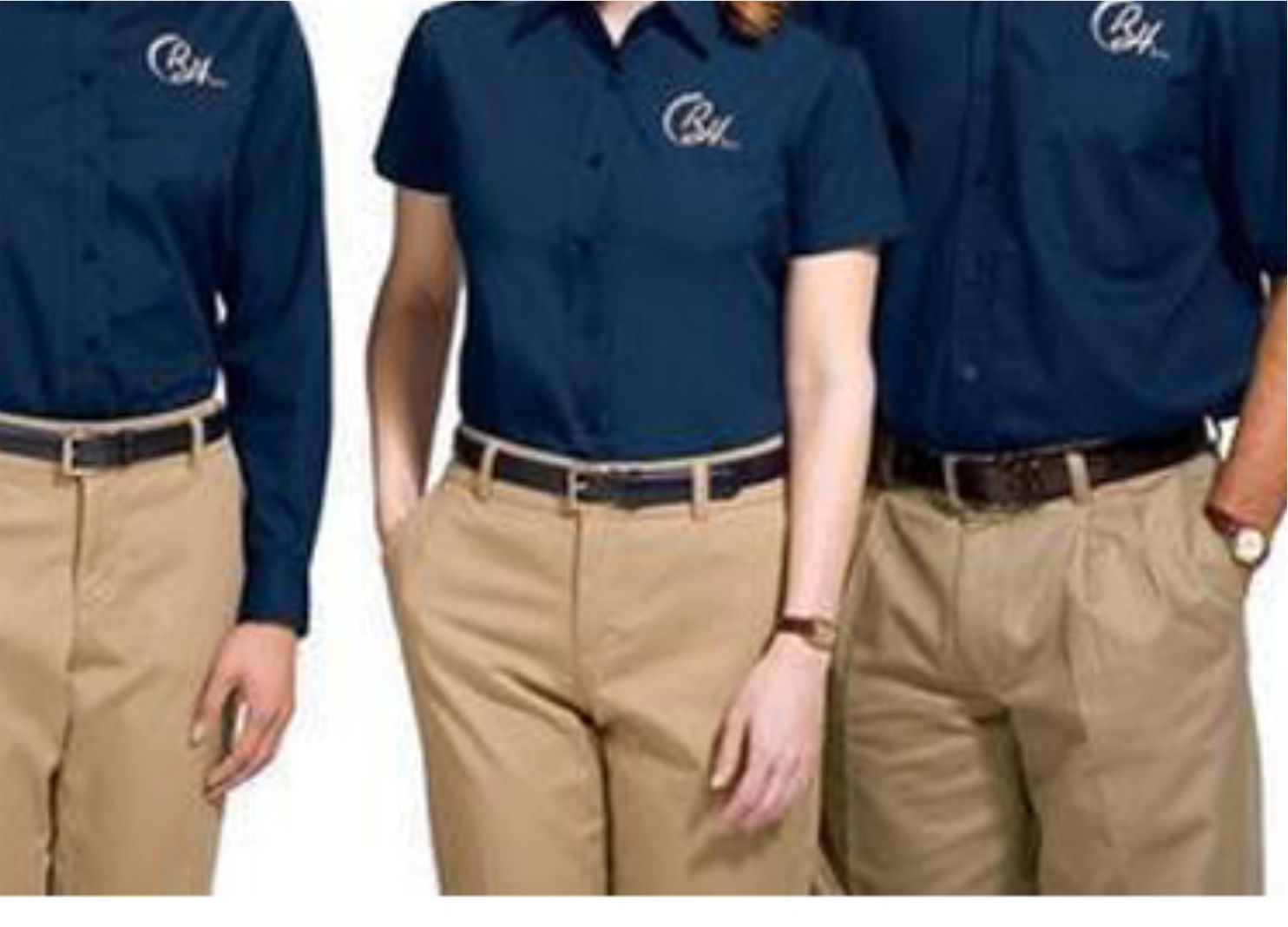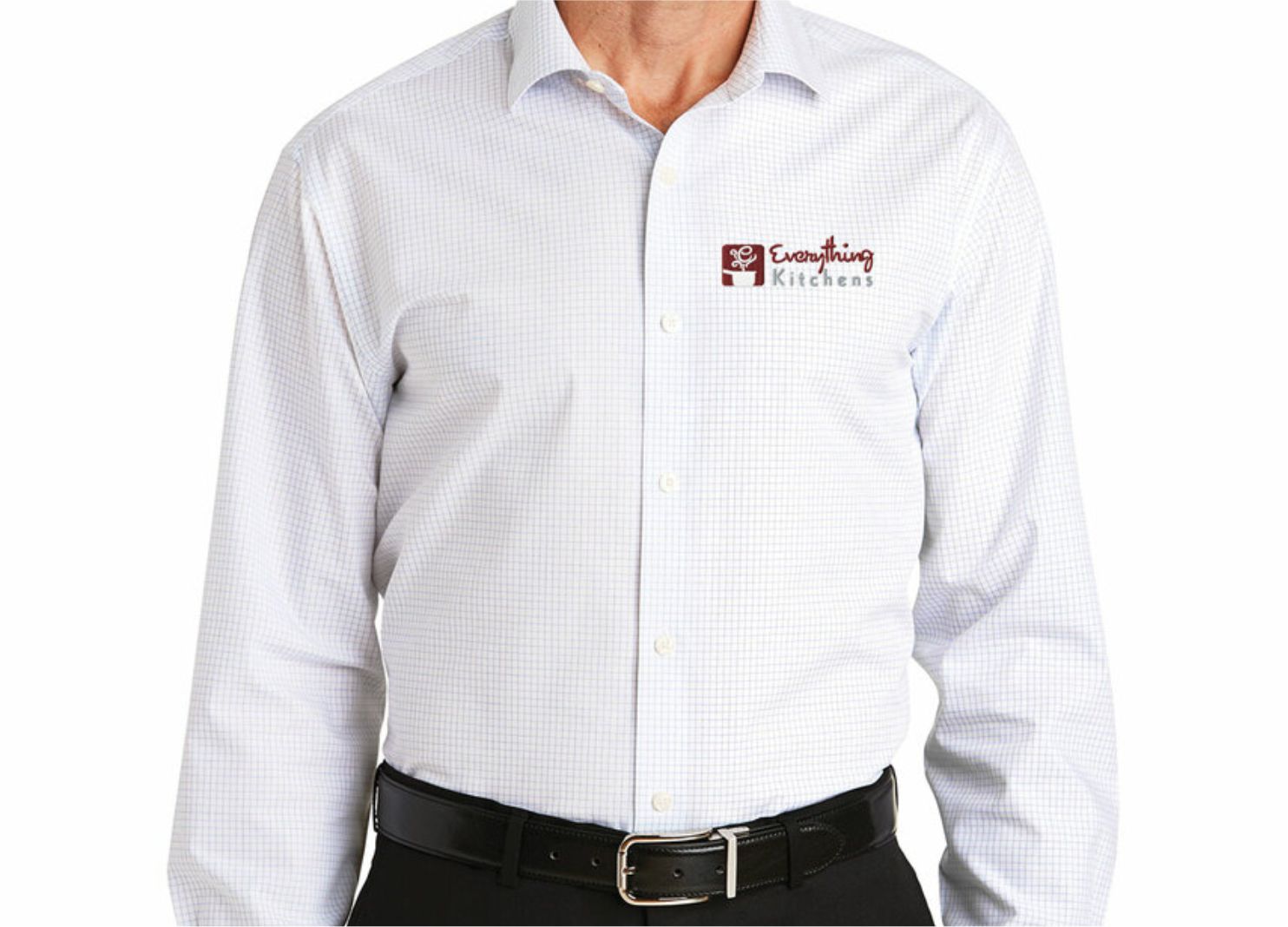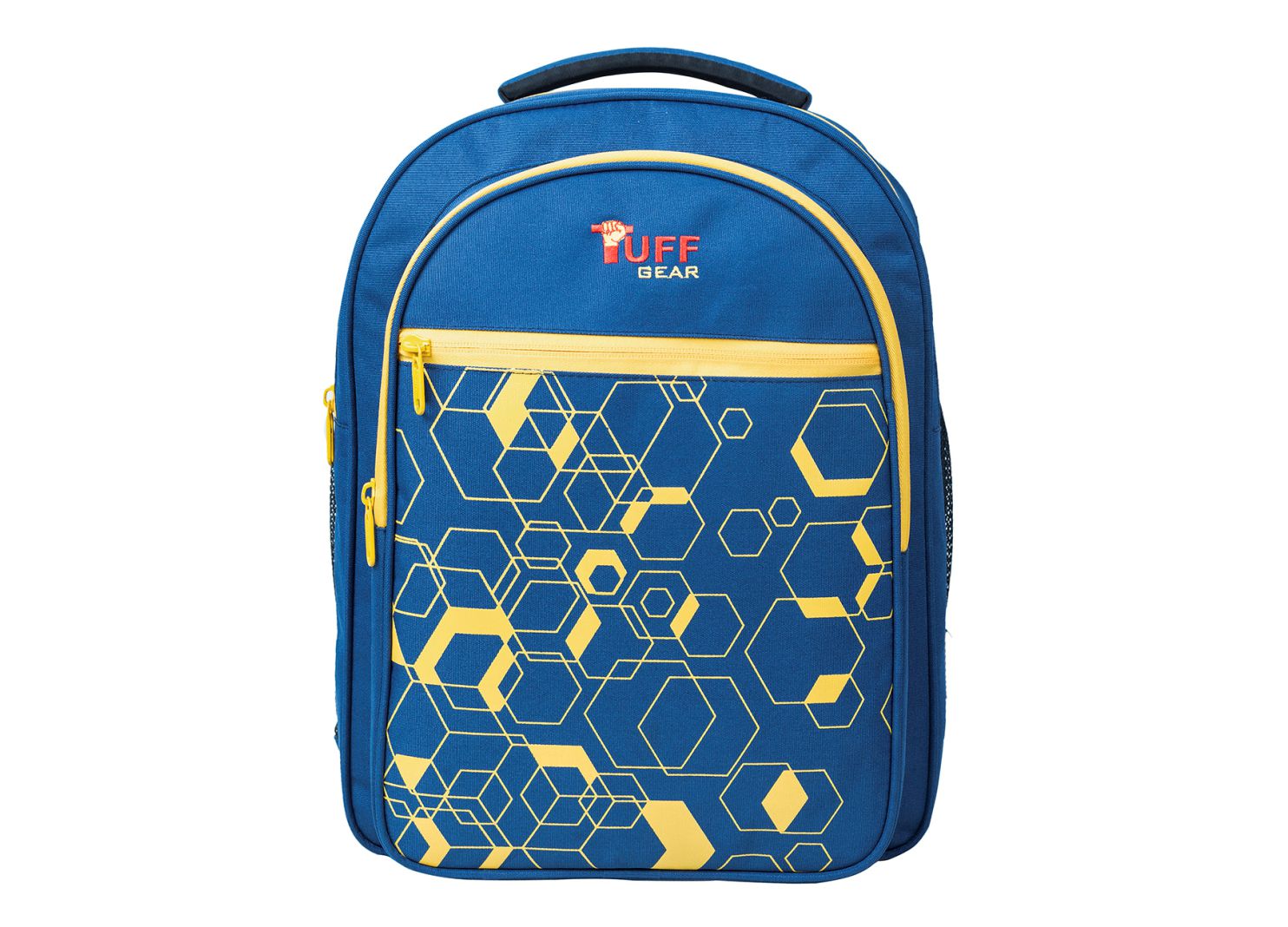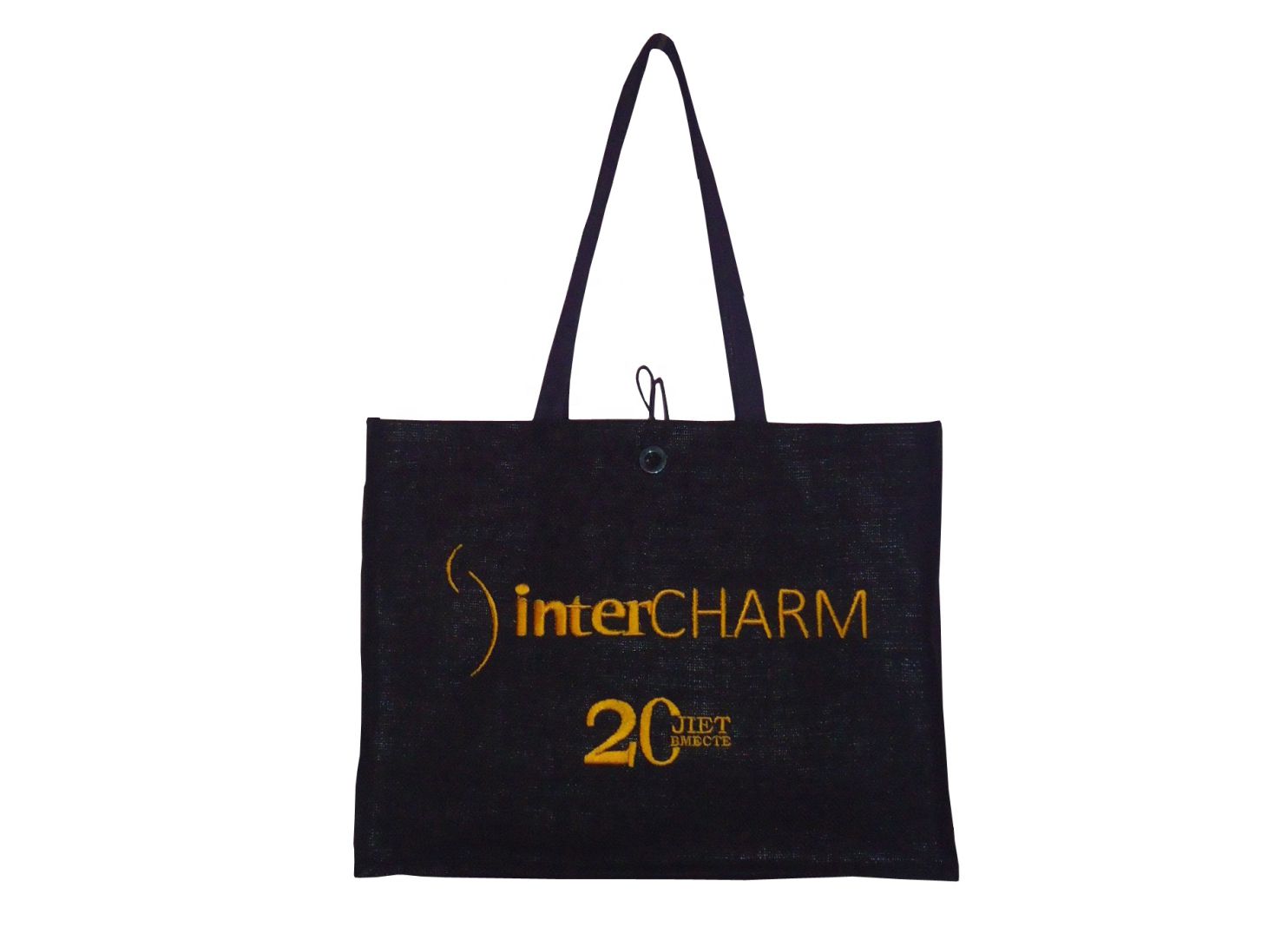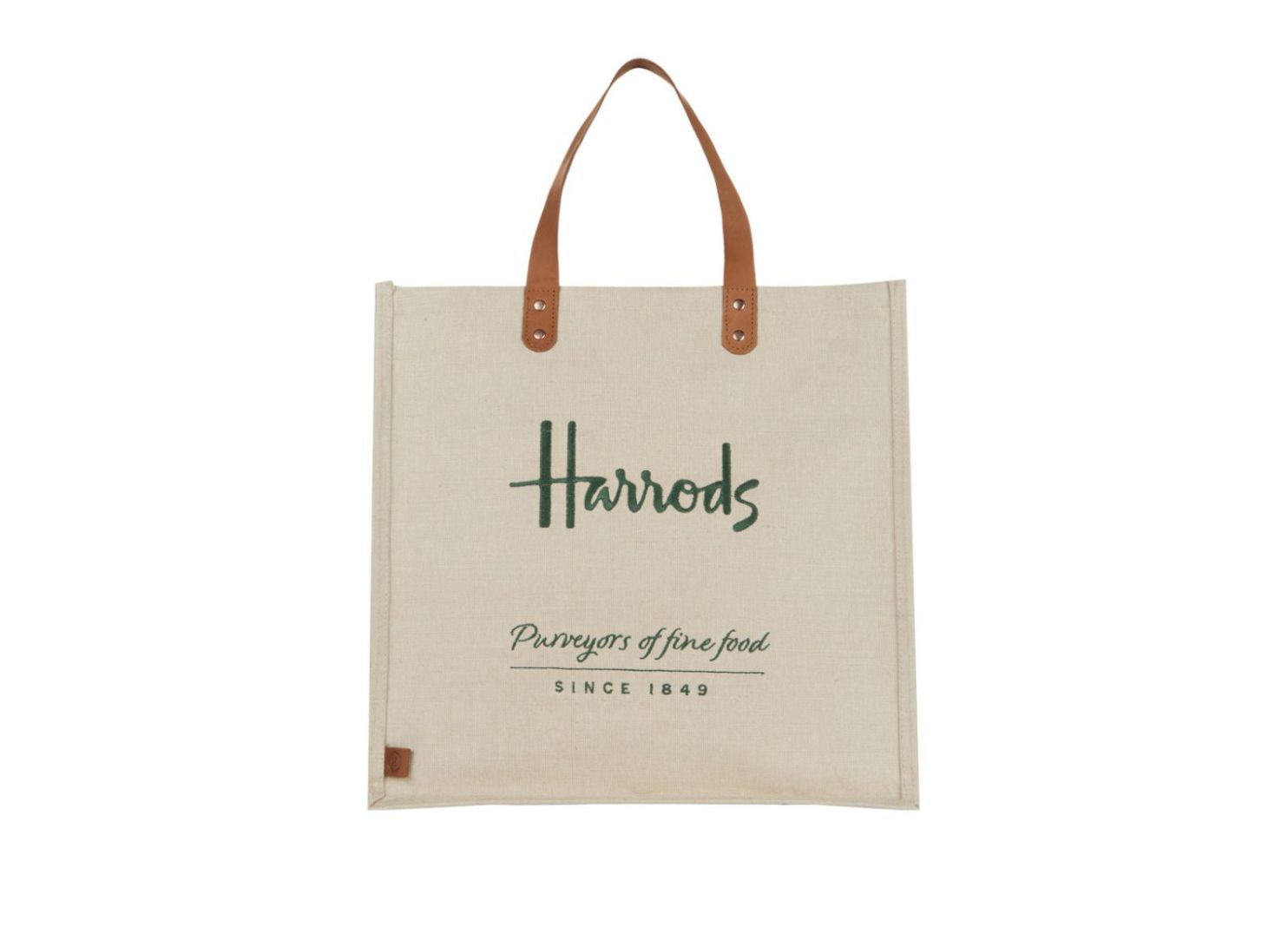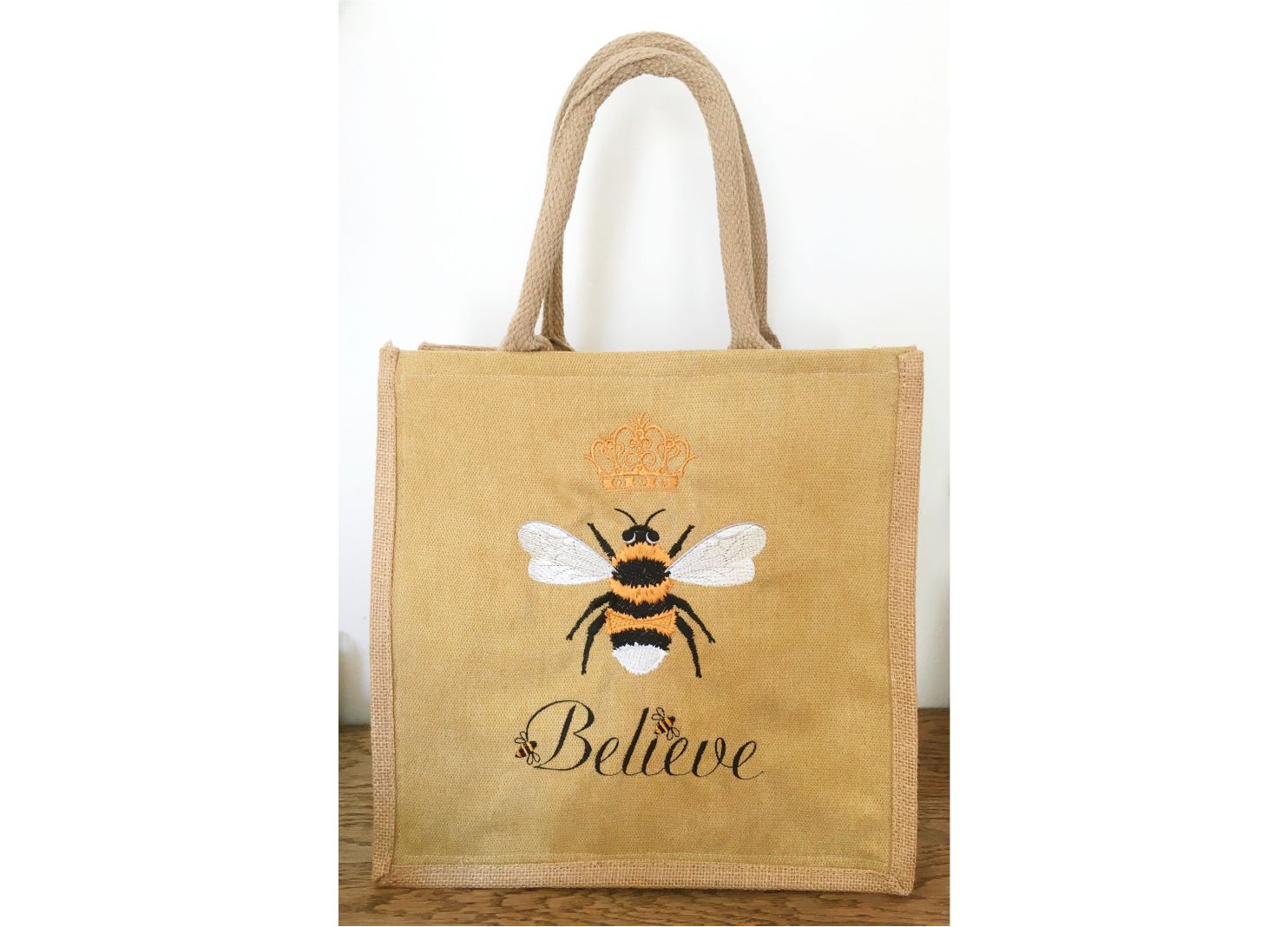Embroidery
- Printing Technique: Embroidery
- Embroidery Products
- Cap
- T Shirt
- Hoodies
- Office Uniforms
- Factory Worker Uniforms
- Cleaning Worker Uniforms
- Bag
- Bagpack
- Personal
- And Much More...
Embroidery Products
About Embroidery
Embroidery is the craft of decorating fabric or other materials using a needle to apply thread or yarn. Embroidery may also incorporate other materials such as pearls, beads, quills, and sequins. In modern days, embroidery is usually seen on caps, hats, coats, blankets, dress shirts, denim, dresses, stockings, and golf shirts. Embroidery is available with a wide variety of thread or yarn colour.
Embroidery and debossing are the processes of creating either raised or recessed relief images and designs in paper and other materials. An embossed pattern is raised against the background, while a debossed pattern is sunken into the surface of the material but might protrude somewhat on the reverse side.
Some of the basic techniques or stitches of the earliest embroidery are chain stitch, buttonhole or blanket stitch, running stitch, satin stitch, cross stitch. Those stitches remain the fundamental techniques of hand embroidery today.
The process used to tailor, patch, mend and reinforce cloth fostered the development of sewing techniques, and the decorative possibilities of sewing led to the art of embroidery. Indeed, the remarkable stability of basic embroidery stitches has been noted:
It is a striking fact that in the development of embroidery ... there are no changes of materials or techniques which can be felt or interpreted as advances from a primitive to a later, more refined stage. On the other hand, we often find in early works a technical accomplishment and high standard of craftsmanship rarely attained in later times.
The art of embroidery has been found worldwide and several early examples have been found. Works in China have been dated to the Warring States period (5th–3rd century BC). In a garment from Migration period Sweden, roughly 300–700 AD, the edges of bands of trimming are reinforced with running stitch, back stitch, stem stitch, tailor's buttonhole stitch, and whip-stitching, but it is uncertain whether this work simply reinforced the seams or should be interpreted as decorative embroidery.
Ancient Greek mythology has credited the goddess Athena with passing down the art of embroidery along with weaving, leading to the famed competition between herself and the mortal Arachne.




